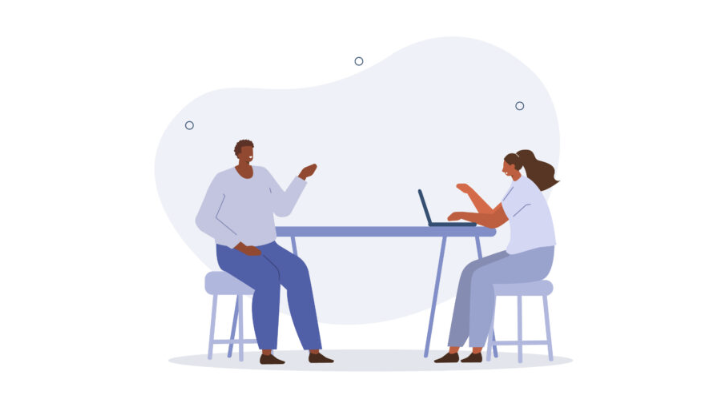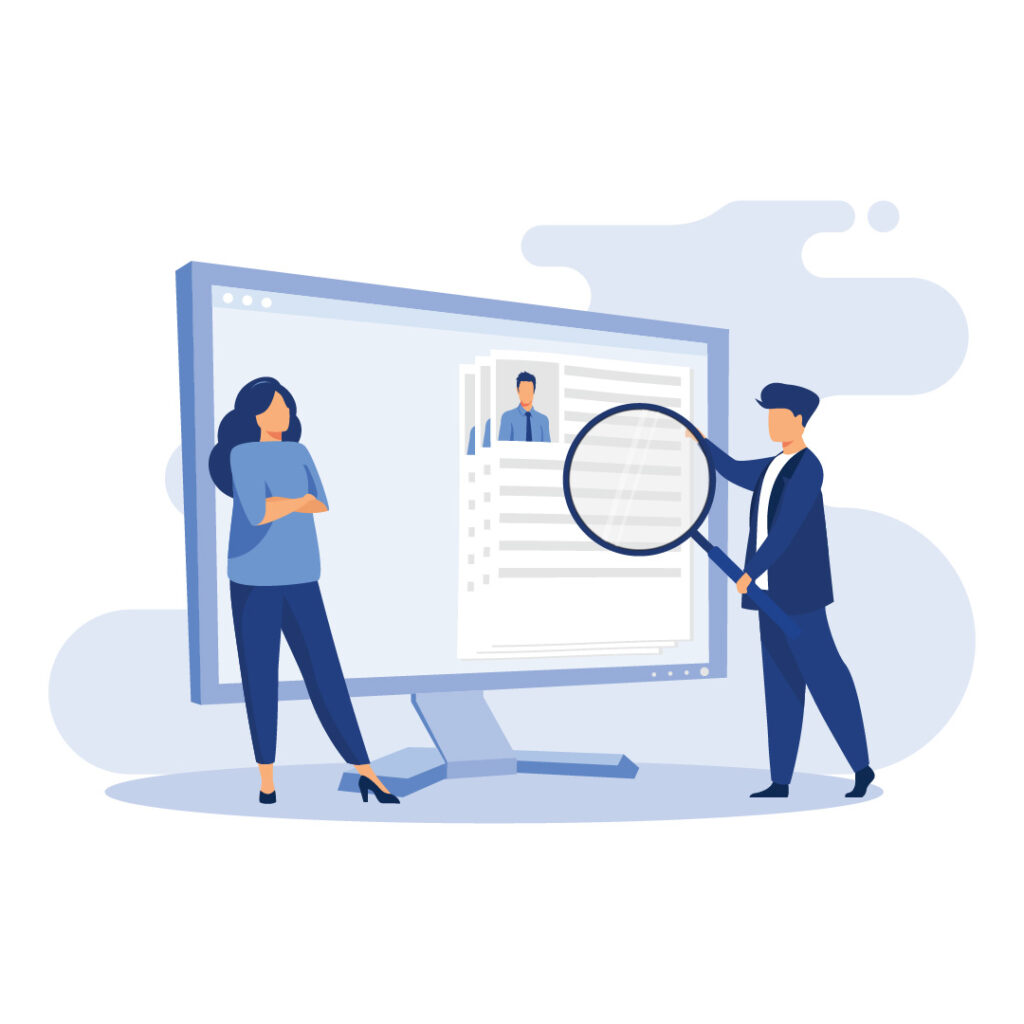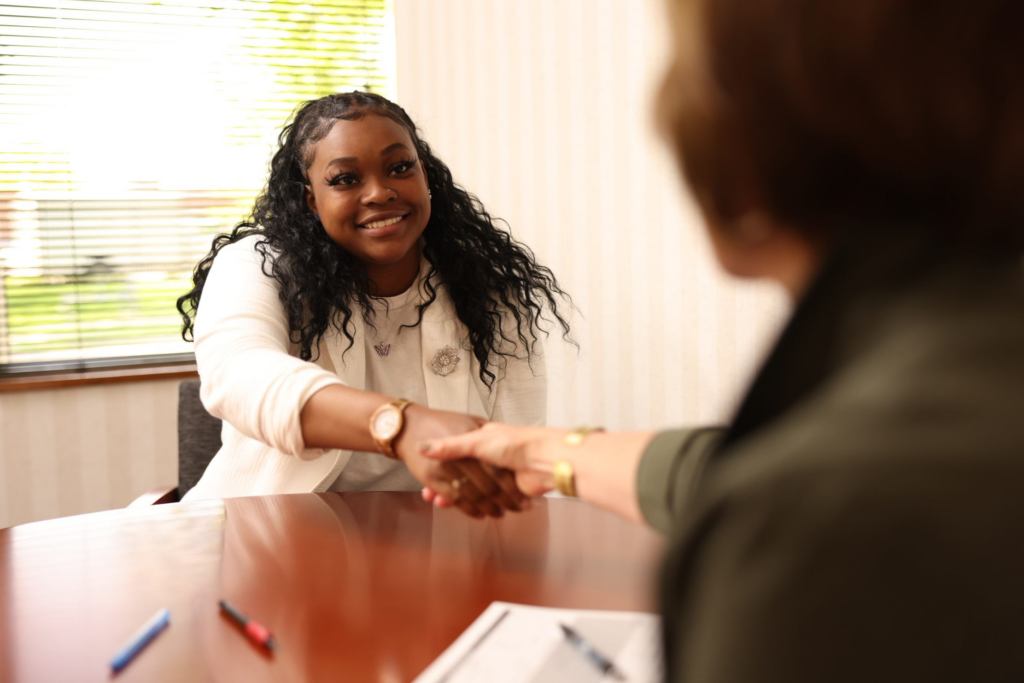In the hustle and bustle of searching for corporate jobs, Artificial Intelligence (AI) is playing a bigger role than ever before. While AI offers invaluable assistance in streamlining processes and matching candidates with suitable roles, it’s essential not to overlook the significance of human connection in the recruitment journey. Let’s explore how AI can complement… Read More »
News & Blog
Leveraging AI and Recruiting Agencies for Successful Candidate Searches
In today’s competitive job market, it’s not easy for employers and HR professionals to find and attract the best talent. Thanks to technology, particularly Artificial Intelligence (AI), the recruitment landscape has undergone a significant transformation. AI has revolutionized the way companies find, screen and hire candidates, making the process more efficient and effective than ever… Read More »
Unlocking Tomorrow: Why Succession Planning is Crucial for Your Business’s Future
What’s Inside? Understanding the Essence of Succession Planning Key Considerations in Succession Planning Making Succession Planning Easier What Happens When You Don’t Utilize Succession Planning Tips to Initiate Effective Succession Planning In the dynamic landscape of business, succession planning stands as a pivotal yet often overlooked strategy. Whether you’re steering a multinational corporation or… Read More »
Maximizing Efficiency and Flexibility with Strategic Staffing Plans
What’s Inside? Working with Experts Adapting to Changing Business Demands Optimizing Expenses through Strategic Staffing Identifying Skill Gaps and Training Needs Within Your Organization Empowering Your Organization with a Comprehensive Staffing Plan In a world where innovation and economic shifts occur at warp speed, having a solid plan is your way of preparing for whatever… Read More »
Mastering the Art of Interviewing: Effective Questions for HR and Recruiters
What’s Inside? What Makes a Good Interview? Interviewing In-Office vs Virtually Active Listening and Effective Communication Structured Approach and Clear Objectives Opportunities for Candidate Engagement and Questions Questions to Ask Candidates Categorizing Interview Questions by Objectives How to Sell Your Company in an Interview Thought Provoking Interview Questions What Can a Candidates Body Language Tell… Read More »
Unlocking Success in Kansas City: A Comprehensive Guide to Staffing and Hiring
In this guide, we use our expertise in staffing and hiring to create a high-level analysis of current job market trends and dissect the factors fueling remarkable job growth in the Kansas City area.… Read More »
How to Present Yourself in Resumes and Interviews
Picture this: your resume shining like a beacon of excellence, impressing employers with your jaw-dropping achievements. Whether you’re in administration, technology, marketing, sales or accounting, the corporate job world moves at lightning speed. But don’t worry – with our expert tips, you’ll conquer interviews like a seasoned pro, effortlessly handling tough questions and showcasing your problem-solving… Read More »
What to know when moving to Kansas City for a job
Relocating to Kansas City for work? This thriving city has so much to offer, from a vivacious culture to amazing neighborhoods to growing career opportunities in finance, HR, administration, sales and marketing. And the best part? You get to experience a low cost of living and a short daily commute. It’s the perfect place to… Read More »
How to Dress Professionally in 2023
The way we dress for corporate interviews has undergone a radical shift lately. With remote work reshaping the professional landscape, a seismic cultural transformation has swept across many industries and organizations, including finance, HR, administration, marketing, sales and entry level positions. What once constituted professional attire is now being redefined. To make a great impression… Read More »
How Recruiters Take the Guesswork Out of the Job Search
Job searching can be a daunting and overwhelming time. From scouring job boards to crafting an exceptional resume that stands out, there’s a lot that goes into finding a position that aligns with your skills, experience and career goals. Thankfully, recruiters know exactly what to do in these taxing moments. They are the ultimate partner… Read More »





